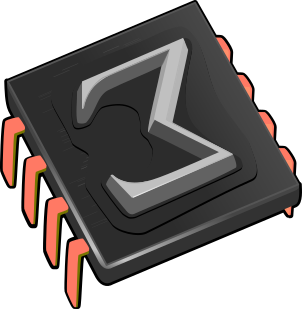 Roadmap for GNU TeXmacs
Roadmap for GNU TeXmacs
It is difficult to give a precise roadmap for the TeXmacs development, because our plans are permanently adjusted as a function of unexpected needs, help by new contributors and personal moods. Nevertheless, we tend to spend a significant time on a few major objectives, while amusing ourselves with the implementation of a few new features. Roughly speaking, our roadmap can therefore be divided into three major parts:
-
A limited number of major objectives for the upcoming stable versions (2.1 and 2.2).
-
A certain number of minor objectives, subject to continuous changes, and which progress as a function of available time.
-
Other projects, which are developed by external contributors, but which occasionnaly require changes in the TeXmacs core.
1.Major objectives for the upcoming stable versions
Our main focus for the next stable version 2.1 (to be released during 2019) is on the improvement of the user interface and documentation. This comprises the following developments:
-
Completion and stabilization of the
Qt port and the resulting ports forWindows andMacOS . -
Microtypography and support for more mathematical fonts.
-
Completion of a TeXmacs user manual and make it available in book form.
-
High quality converters to and from LaTeX.
At a certain point, we also plan to create an association for the proposition of free scientific software. One of the objectives of this association is to create a simplified system for making donations to TeXmacs and sell our software and documentation.
2.Other things we are working on
Even though our main focus is on the stabilization of TeXmacs and to make it more suitable for developers, we intend to continue some time on the development on new features. A few points currently have our priority:
-
Further development of the graphical drawing mode. Our main next goal is to allows users to create new macros, either by explicit constructions or constrained-based constructions. Finally, we would like to incorporate several features which are typically found in editors of vector graphics, such as
Inkscape . -
Extended features for computer algebra sessions, such as automatic folding of large expressions, lazy output (with subexpressions which can be further evaluated by clicking on them), cas-aided writing, etc.
-
Continue the development of remote TeXmacs servers for providing web-based services in combination with TeXmacs. These services comprise chatting (with mathematical formulas) and collaborative authoring.
-
Development of universal spreadsheet tools, which can be connected to any external plug-in for doing the computations. In a similar vein, external plug-ins might be used to draw graphs of functions in the graphical mode.